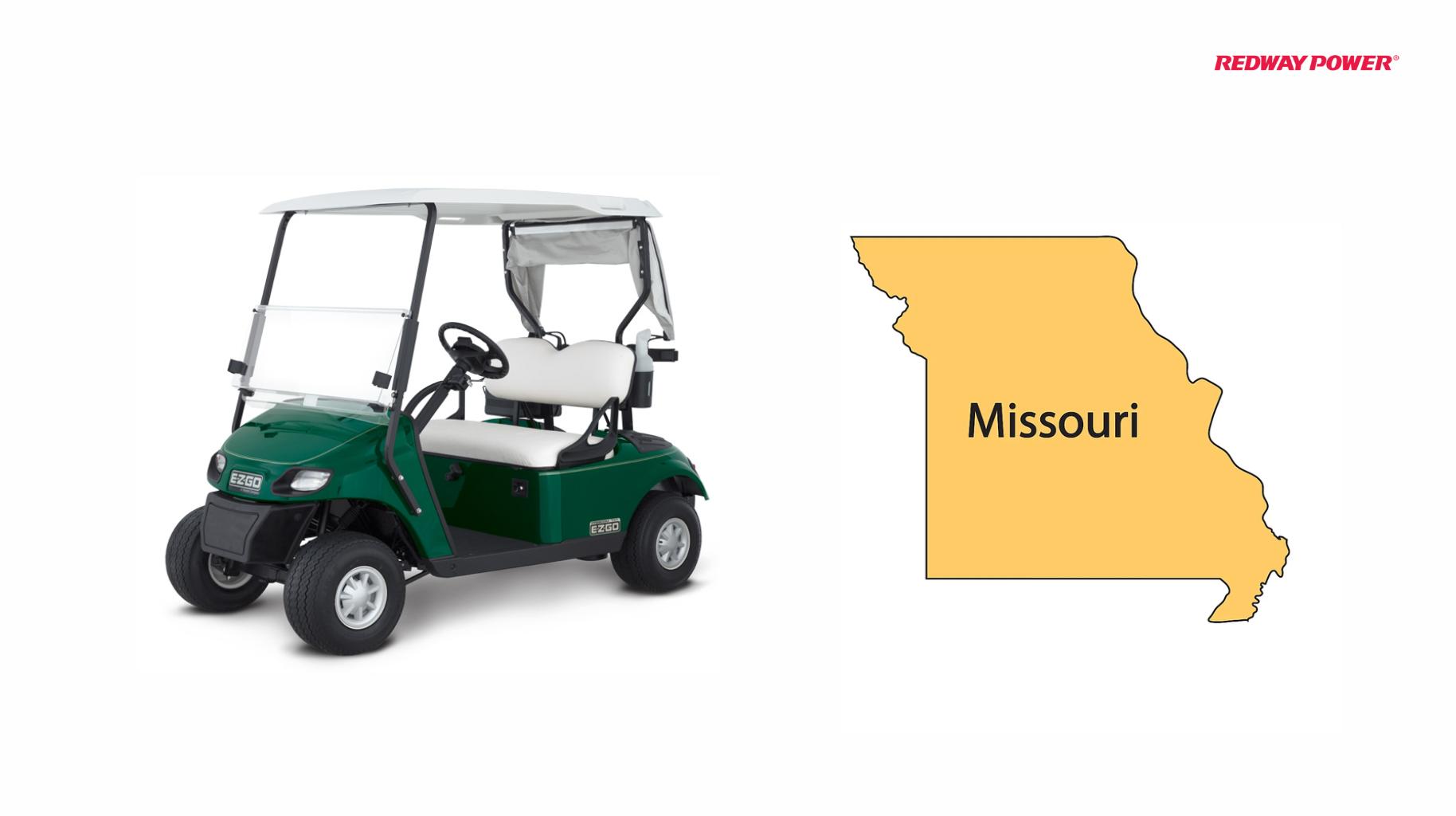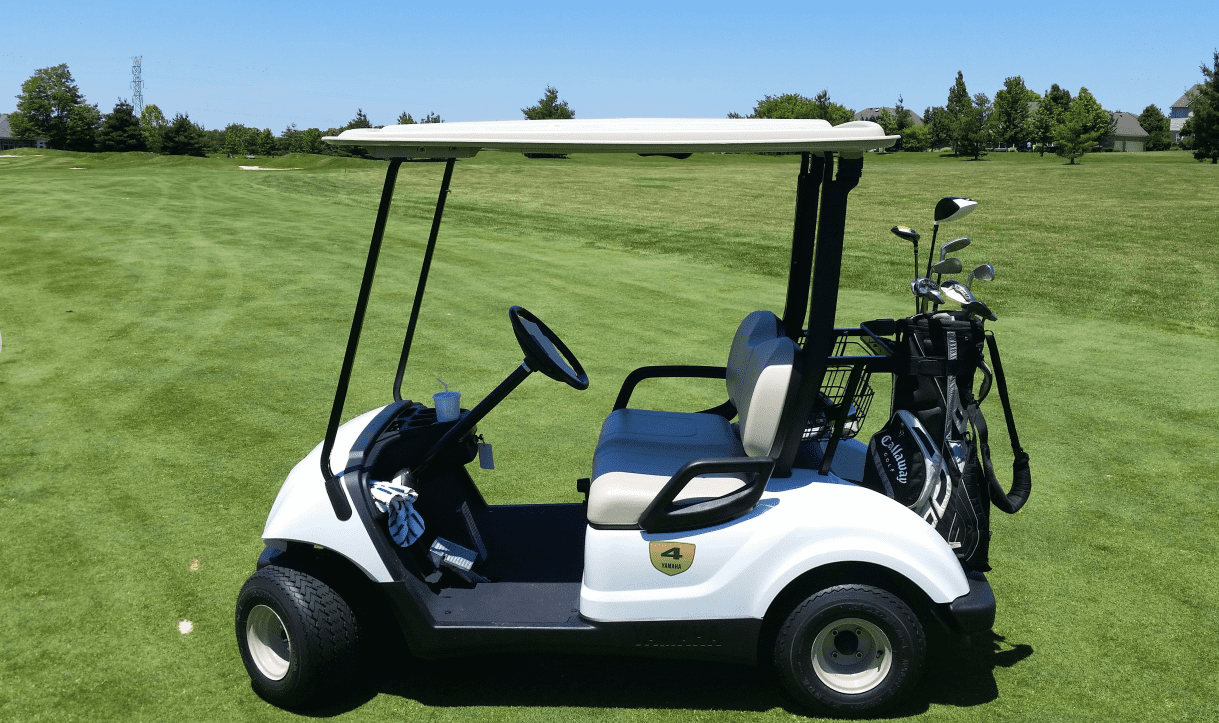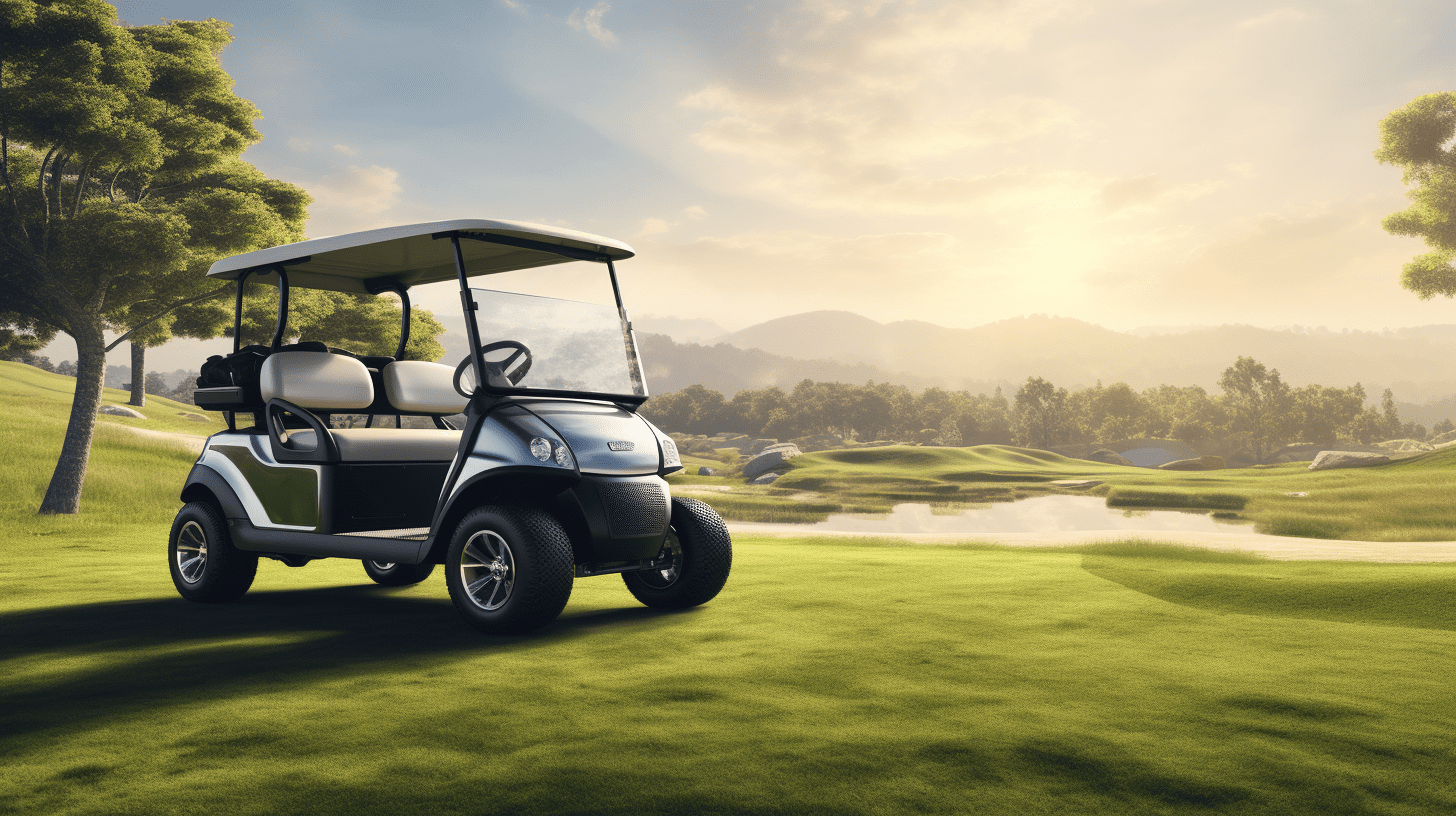Navigating North Carolina Roads: Golf Cart and LSV Laws Explained
Golf carts and Low-Speed Vehicles (LSVs) in North Carolina offer convenient, eco-friendly transportation options on public roads with speed limits of 35 mph or lower. While golf carts require local ordinance approval and basic safety measures, LSVs are street-legal, registered, and equipped with standardized safety features. Understanding these rules ensures safe, compliant operation throughout the state.
How Are Golf Carts and LSVs Regulated in North Carolina?
Golf carts and LSVs operate under distinct rules to balance safety and accessibility. Golf carts are allowed only on roads with a 35 mph speed limit or lower, typically requiring local ordinance approval. LSVs, defined as vehicles traveling 20–25 mph, must meet federal safety standards, be registered with the North Carolina DMV, and carry recommended liability insurance.
What Are the Key Requirements for Golf Carts?
North Carolina requires golf cart operators to follow these guidelines:
-
Road Restrictions: Operate only on streets with a speed limit of 35 mph or less; highways are generally off-limits.
-
Driver’s License: A valid North Carolina license is mandatory.
-
Safety Equipment: While not strictly required, carts are recommended to have headlights, brake lights, turn signals, and reflectors.
-
Local Ordinances: Operators should verify city or county-specific rules for registration, permits, and additional safety requirements.
What Are the Key Requirements for Low-Speed Vehicles (LSVs)?
LSVs must adhere to stricter regulations than standard golf carts:
-
Speed and Definition: Travel between 20–25 mph; permitted on roads with speed limits of 35 mph or lower.
-
Registration: Mandatory with the NC DMV, including proof of ownership and fees.
-
Insurance: Liability insurance is strongly advised.
-
Safety Equipment: Required features include headlights, brake lights, turn signals, seat belts, a windshield, and mirrors.
-
Driver’s License: Operators must hold a valid license.
LSV vs Golf Cart Safety and Legal Requirements
| Feature | Golf Cart | Low-Speed Vehicle (LSV) |
|---|---|---|
| Top Speed | 15–20 mph | 20–25 mph |
| Street Legality | Only if local ordinance allows | Street-legal statewide |
| Registration | Local permit or sticker | DMV registration with VIN |
| Insurance | Optional or local requirement | Recommended liability insurance |
| Required Equipment | Basic lights, reflectors, mirrors | Headlights, tail lamps, seat belts, windshield, horn, parking brake |
| Driver Age | 16+ | 16+ |
Where Can You Drive Golf Carts and LSVs?
Permissible Roads:
-
Golf carts: Streets ≤35 mph, designated local paths
-
LSVs: Streets ≤35 mph, designated lanes for low-speed vehicles
Prohibited Roads:
-
Highways or roads exceeding 35 mph unless local law permits.
-
Sidewalks, pedestrian-only paths, or multi-use trails.
Why Are Golf Carts and LSVs Popular in North Carolina?
Golf carts and LSVs offer multiple advantages:
-
Eco-Friendly: Zero-emission operation supports cleaner air and environmental sustainability.
-
Cost-Effective: Reduced fuel and maintenance costs make these vehicles economical for short-distance travel.
-
Convenience: Compact size allows access to neighborhoods, parks, and areas not easily navigated by larger vehicles.
Redway Expert Views
“At Redway Battery, we see a significant rise in electric golf cart and LSV adoption across North Carolina. Our LiFePO4 batteries provide reliable, long-lasting performance, enabling these vehicles to operate safely and efficiently. Users benefit from high-capacity, eco-friendly energy solutions, and our OEM customization ensures every battery pack is tailored to specific vehicle needs.”
How Do North Carolina Laws Affect Vehicle Operation?
Both golf carts and LSVs are subject to traffic laws similar to cars:
-
Obey stop signs, traffic signals, and speed limits.
-
Do not operate under the influence of alcohol or drugs.
-
Passengers must not exceed manufacturer recommendations, and seat belts are required if installed.
-
Vehicles may cross higher-speed roads at intersections when permitted.
Conclusion
Understanding North Carolina’s golf cart and LSV regulations is crucial for safe, compliant operation. Golf carts are locally regulated and require basic safety measures, while LSVs are fully street-legal and registered. With Redway Battery’s high-performance LiFePO4 solutions, electric vehicles can deliver reliable, eco-friendly transportation. Operators should ensure proper licensing, registration, and adherence to safety standards to maximize benefits.
Frequently Asked Questions
What safety equipment is required for golf carts in North Carolina?
Recommended safety features include headlights, brake lights, turn signals, reflectors, and mirrors. Local ordinances may impose additional requirements.
Are LSVs street-legal in all parts of North Carolina?
Yes, LSVs meeting federal safety standards are street-legal on roads with a speed limit of 35 mph or less.
Do I need insurance for a golf cart or LSV?
While golf cart insurance depends on local rules, LSVs are strongly advised to carry liability coverage to protect against accidents or damage.
Can I drive a golf cart on highways?
No, golf carts are generally prohibited on highways unless local ordinances specifically allow it.
How can Redway Battery improve my golf cart or LSV experience?
Redway Battery provides high-quality LiFePO4 batteries, ensuring long-lasting, reliable performance for electric golf carts and LSVs, with OEM customization options for specific vehicle needs.











